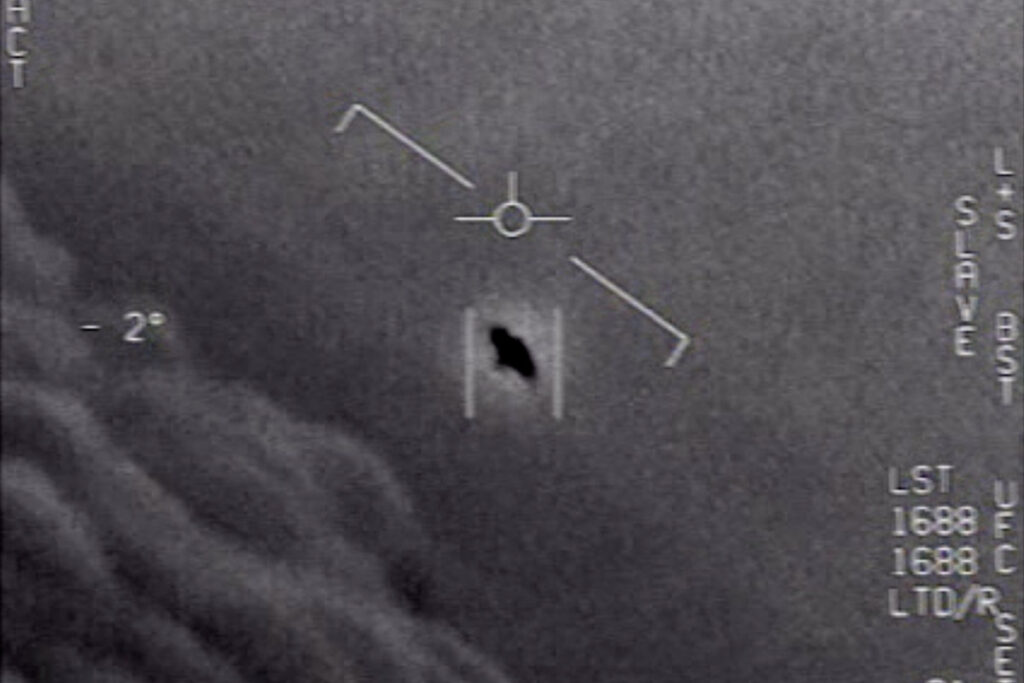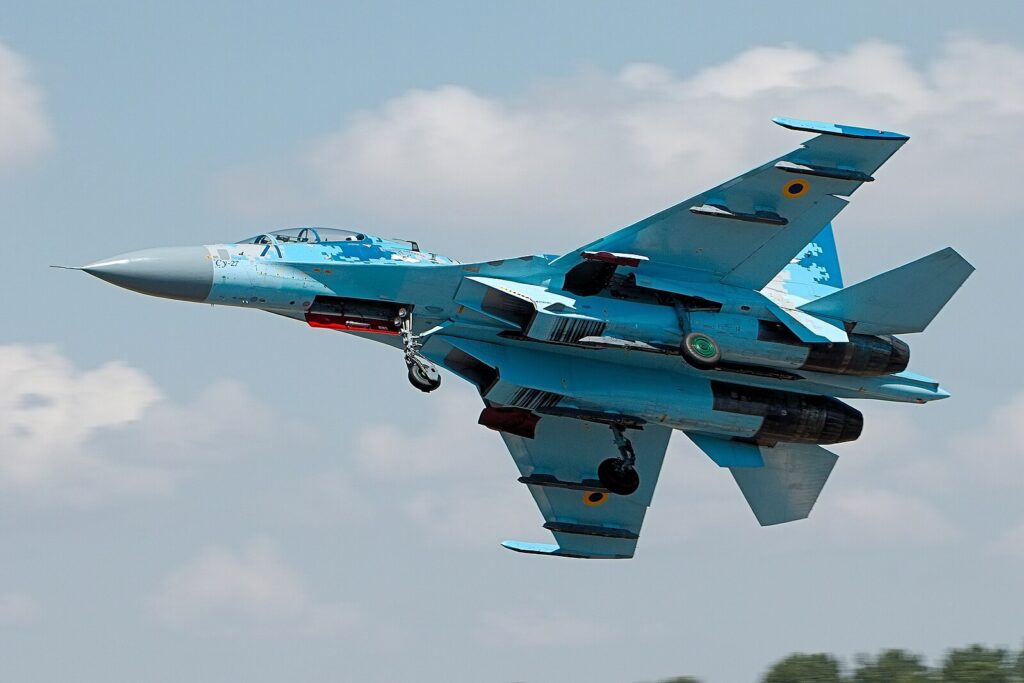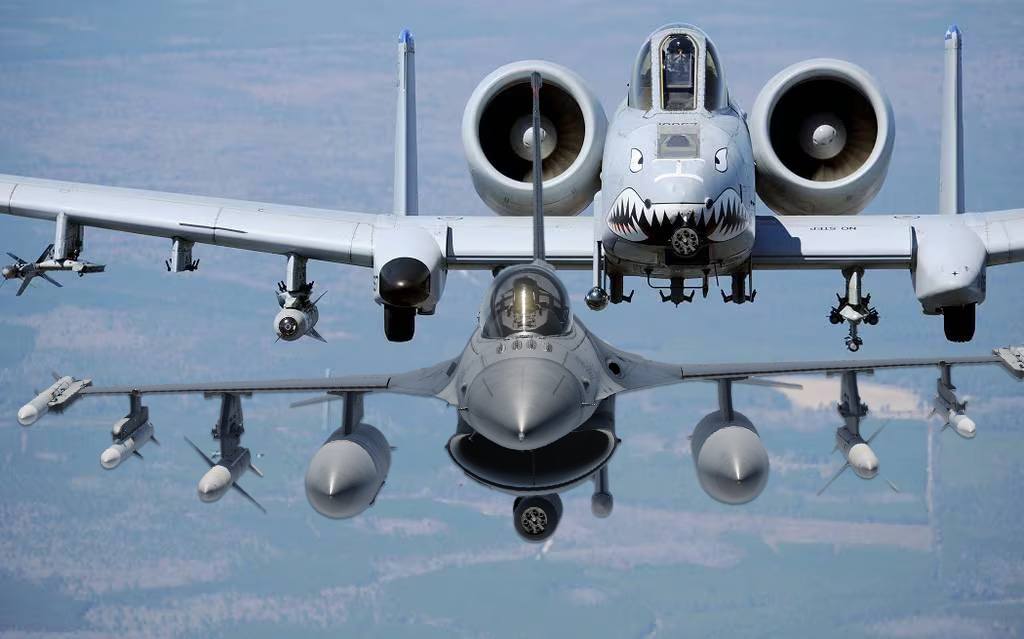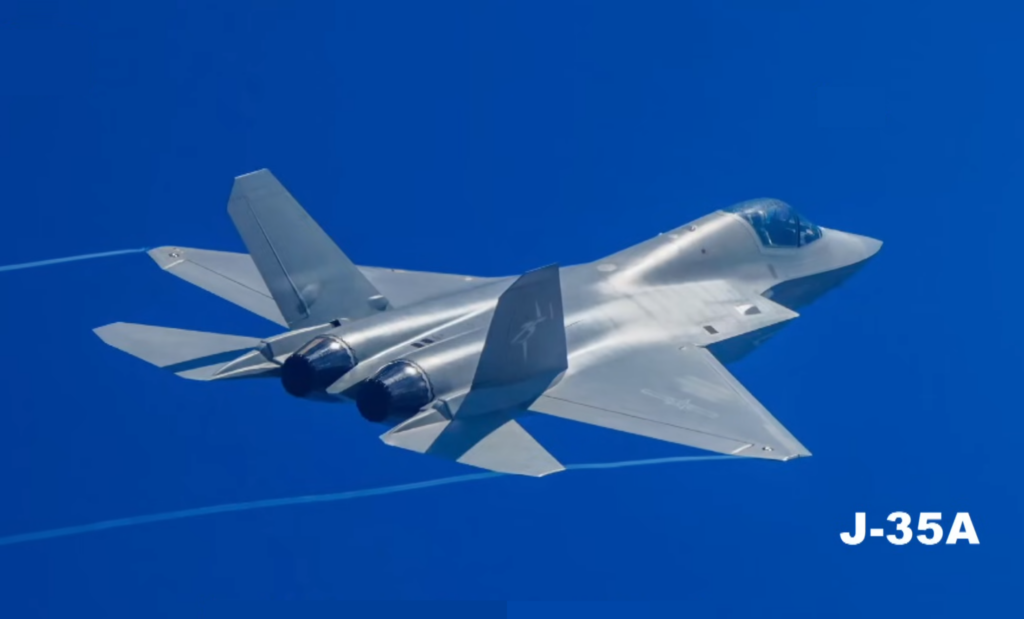The DoD’s UAP Report is out: Highlights and full document
- By Alex Hollings
Share This Article

On Friday night, the Director of National Intelligence released the much-anticipated Pentagon UAP report, or report on Unidentified Aerial Phenomena, also often referred to as UFOs. The report, which has been the subject of a great deal of speculation in recent months, was likely shorter and less extensive than most would have hoped, but there were still some interesting revelations to be found in the brief, 9-page document.
The two most important take-aways from the report will likely come as no surprise to anyone who has been following this story. Echoing previous official statements from Pentagon officials, this report confirms that UAP or UFO sightings are indeed real, but blunts the edges of that disclosure by highlighting that, to date, there has been no evidence at all to suggest that these unusual objects in the sky are extraterrestrial in origin.
In other words, this report confirms what we already know: That the military has been spotting and even interacting with unusual craft, objects, or natural phenomena in the sky for years, and despite the Pentagon studying these sightings, we’re no closer to understanding what they are.
“Our analysis of the data supports the construct that if and when individual UAP incidents are resolved they will fall into one of five potential explanatory categories: airborne clutter, natural atmospheric phenomena, USG or U.S. industry developmental programs, foreign adversary systems, and a catchall ‘other’ bin,” the report reads.
For most alien enthusiasts, it’s the “other” bin that warrants the most interest, as it’s where reports that defy any other explanation will ultimately wind up. For many within the defense community, however, it may be the foreign adversary systems that garner the lion’s share of focus. After all, aliens might exist and might be aggressive, but we already know for certain that both are true in the case of China’s People’s Liberation Army.
The report is painfully lacking in terms of significant revelations, and in fact, goes to great lengths at times to emphasize that, because these sightings are unexplained, it’s totally feasible that they could be explained away by some sort of “spoofing” technology or errors made by software, hardware, or people.
“In a limited number of incidents, UAP reportedly appeared to exhibit unusual flight characteristics. These observations could be the result of sensor errors, spoofing, or observer misperception and require additional rigorous analysis,” the report said.
Related: CAN THIS NAVY PATENT EXPLAIN AWAY MANY UAP SIGHTINGS?
Nonetheless, the UAP report still offers some interesting tidbits about military reports of unusual objects in the sky that are sure to inspire interest from believers and skeptics alike. Here are some important takeaways:
Important take-aways from the Pentagon’s UAP Report
The Unidentified Aerial Phenomena Task Force (UAPTF) investigated 144 reported sightings from U.S. government officials.
All of the reports investigated by the UAPTF for the sake of the Pentagon’s UAP report occurred between 2004, the year the famed “Nimitz incident” shown in declassified Navy footage occurred, and 2021.
80 of those 144 reports were corroborated by observation on multiple sensors.
There is still no formal reporting procedure for UAP sightings across the force.
The U.S. Navy was the first branch to standardize procedures to report UAP sightings in March of 2019, with the Air Force reluctantly following suit in November of 2020. The other branches of the U.S. military still do not have any required reporting procedure, and the investigators reportedly heard word of numerous other sightings that have gone un-investigated due to never being formally reported.
Many pilots still face “reputational risk” by coming forward with sightings.
According to the UAP report, the negative stigma associated with witnessing and reporting a UAP remains, though it has lessened to some extent as more prominent scientists and officials have begun to engage with the topic publicly. Nonetheless, the UAPTF couldn’t help but observe that this stigma can have a limiting affect on these reports.
Things got weird in 18 of the 144 incidents reported.
Out of all the incidents that the UAPTF investigated, 18 of them, described in 21 total reports, had the UAP behaving in an extremely unusual fashion, moving against the wind (not a balloon) or accelerating rapidly without signs of propulsion. In some of these instances, “military aircraft systems processed radio frequency (RF) energy associated with UAP sightings.”
We don’t know what they are, but we also don’t know what they aren’t.
The UAP report is specific about the language it chooses when saying these reports remain unidentified. While some are apt to suggest that mystery denotes alien involvement and others may claim it suggests advanced-but-classified military technology, the biggest thing this report seems to identify is the evidence we’re lacking in either regard.
There is indeed evidence, from witness testimony to computer-verified 1s and 0s, to suggest that there’s something sharing the skies with America’s military aviators, but to date, there is little to no evidence regarding what that something may be.
That means there’s no evidence directly linking the Russians, Chinese, Martians, or Lockheed Martin-itians to these sightings, but it also means there’s no strong evidence dismissing any of these possibilities either. Unidentified, in these cases, means unidentified and nothing more.
You can read the 9-page UAP report in its entirety by following this link.
Related Posts
Sandboxx News Merch
-

‘AirPower’ Classic Hoodie
$46.00 – $48.00 Select options This product has multiple variants. The options may be chosen on the product page -

‘Sandboxx News’ Trucker Cap
$27.00 Select options This product has multiple variants. The options may be chosen on the product page -

F-35 ‘Lightning’ Framed Poster
$45.00 – $111.00 Select options This product has multiple variants. The options may be chosen on the product page

Alex Hollings
Alex Hollings is a writer, dad, and Marine veteran.
Related to: Breaking News

Where do NATO reporting names come from?

How US Special Forces took on Wagner Group mercenaries in an intense 4-hour battle

F-16s carrying the A-10’s 30mm cannon actually saw combat

How does China’s new J-35 stealth fighter compare to America’s F-35?
Sandboxx News
-

‘Sandboxx News’ Trucker Cap
$27.00 Select options This product has multiple variants. The options may be chosen on the product page -

‘AirPower’ Classic Hoodie
$46.00 – $48.00 Select options This product has multiple variants. The options may be chosen on the product page -

‘AirPower’ Golf Rope Hat
$31.00 Select options This product has multiple variants. The options may be chosen on the product page -

‘Sandboxx News’ Dad Hat
$27.00 Select options This product has multiple variants. The options may be chosen on the product page
